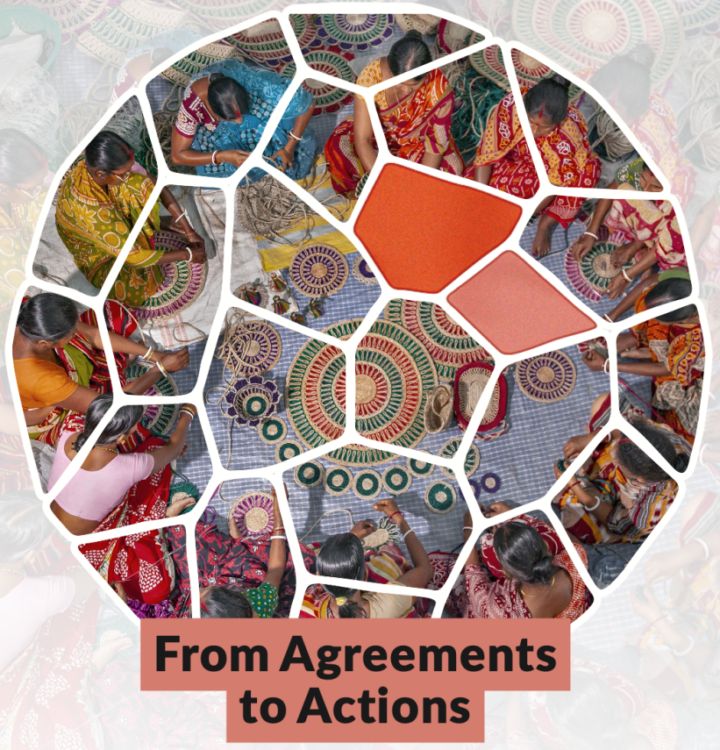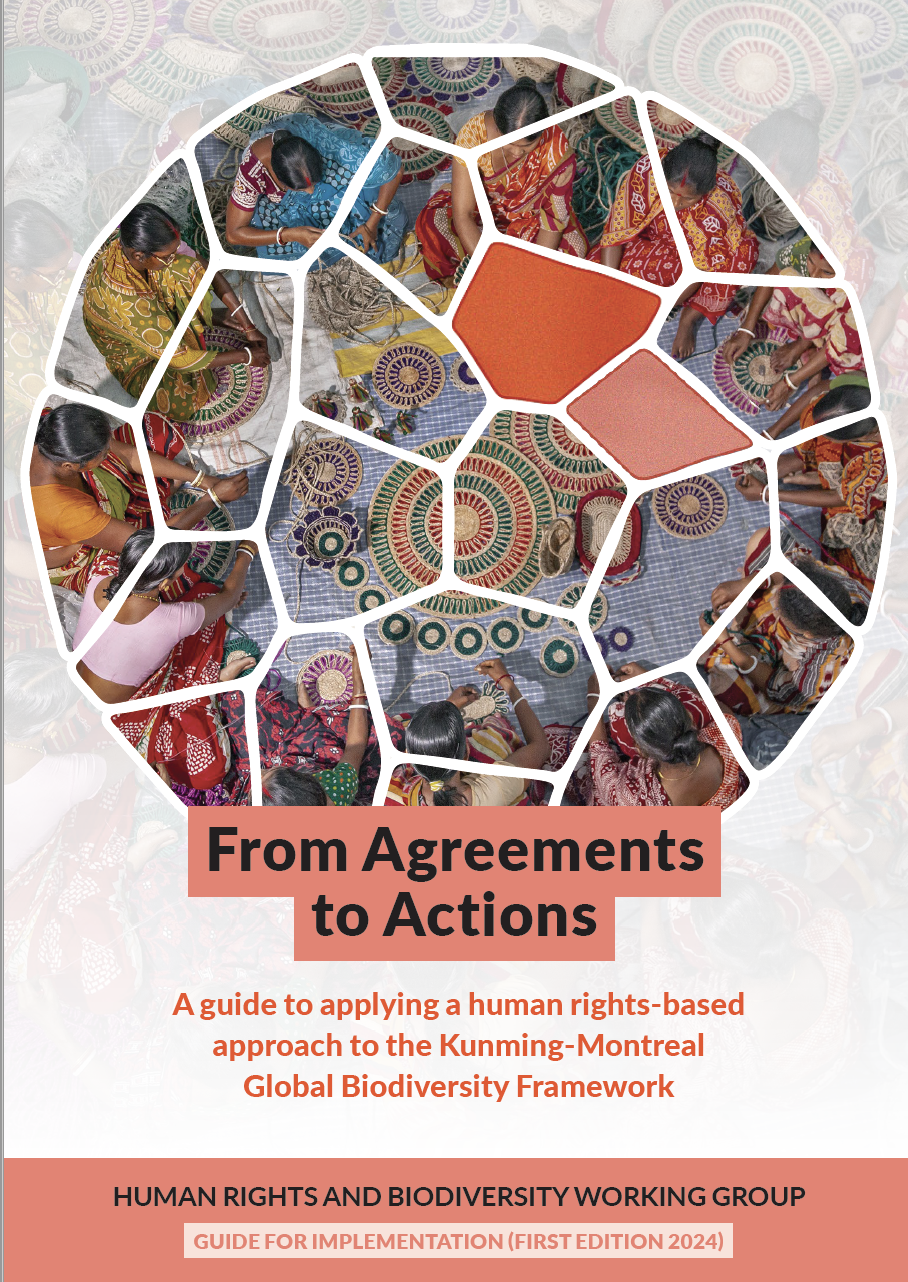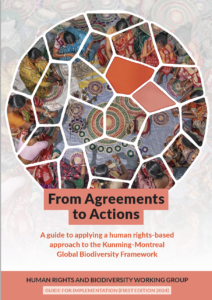 Story highlights
Story highlights
- Applying a human rights-based approach in the implementation of the Kunming-Montreal Biodiversity Framework (referred to as Biodiversity Plan) has enormous potential to facilitate transformative changes and halt biodiversity loss.
- This briefing seeks to provide guidance and examples for Parties and decision-makers, non-state actors, and for rights holders, on how to embed a human rights-based approach (HRBA) in the implementation and monitoring of the Biodiversity Plan at national and sub-national levels.
- I) Section One addresses what a human rights-based approach is; II) Section Two addresses the foundational elements of a human rights-based approach; III) Section Three provides practical guidance on integrating a human rights-based approach in planning, finance and monitoring; IV) Section Four highlights specific considerations e.g. land tenure and land use change, sea tenure and marine resources, nature-based solutions and customary sustainable use.
Working in collaboration with like-minded allies, SwedBio and other members of the Human Rights and Biodiversity group have co-produced a series of briefing papers intended to influence the negotiation of that Framework, and continue to work in the same collaboration to advance understanding of a human rights-based approach in environmental policy making and implementation. This briefing seeks to provide guidance and examples for Parties and decision-makers, non-state actors, and for rights holders, on how to embed a human rights-based approach (HRBA) in the implementation and monitoring of the Biodiversity Plan at national and sub-national levels.
There is an intimate relationship between human rights and biodiversity, and the relationship is one of mutuality. While these connections have been part of the world views of many indigenous peoples for generations, they are also increasingly recognised in international law. In 2021, the UN Human Rights Council reiterated this:
Recognising that degradation and loss of biodiversity often result from and reinforce existing patterns of discrimination, and that environmental harm can have disastrous and at times geographically displaced consequences for the quality of life of Indigenous peoples, local communities, peasants, and others who rely directly on the products of forests, rivers, lakes, wetlands and oceans for their food, fuel, and medicine, resulting in further inequality and marginalization.
Recognizing also that sustainable development and the protection of the environment, including ecosystems, contribute to human well-being and to the enjoyment of human rights, including the rights to life, to the enjoyment of the highest attainable standard of physical and mental health, to an adequate standard of living, to adequate food, to safe drinking water and sanitation and to housing, and cultural rights.
The passage of the Global Biodiversity Framework (2022) under the Convention on Biological Diversity underscored this recognition again, placing human rights references at the centre of that landmark environmental agreement.

You can watch the launch of the guide at 00:48:00 below:
Click on the links below to read:
- Paper 1: Options for integrating a human-rights based approach to achieve the objectives of the Convention on Biological Diversity
- Paper 2: Applying a human rights-based approach to the Global Biodiversity Framework
- Paper 3: Implementing a Human Rights-Based Approach: What Is Urgently Needed to Effectively Adopt a Human Rights-Based Approach across the Implementation, Monitoring and Reporting of the post-2020 Global Biodiversity Framework
- Paper 4: A Rights-based Path for People and Planet: Realising Human Rights in the Post-2020 Global Biodiversity Framework


 From Agreements to Actions - A guide to applying a human rights-based approach to the Kunming-Montreal Global Biodiversity Framework
From Agreements to Actions - A guide to applying a human rights-based approach to the Kunming-Montreal Global Biodiversity Framework From Agreements to Actions - A guide to applying a human rights-based approach to the Kunming-Montreal Global Biodiversity Framework
From Agreements to Actions - A guide to applying a human rights-based approach to the Kunming-Montreal Global Biodiversity Framework Pernilla Malmer
Pernilla Malmer Lou Darriet
Lou Darriet